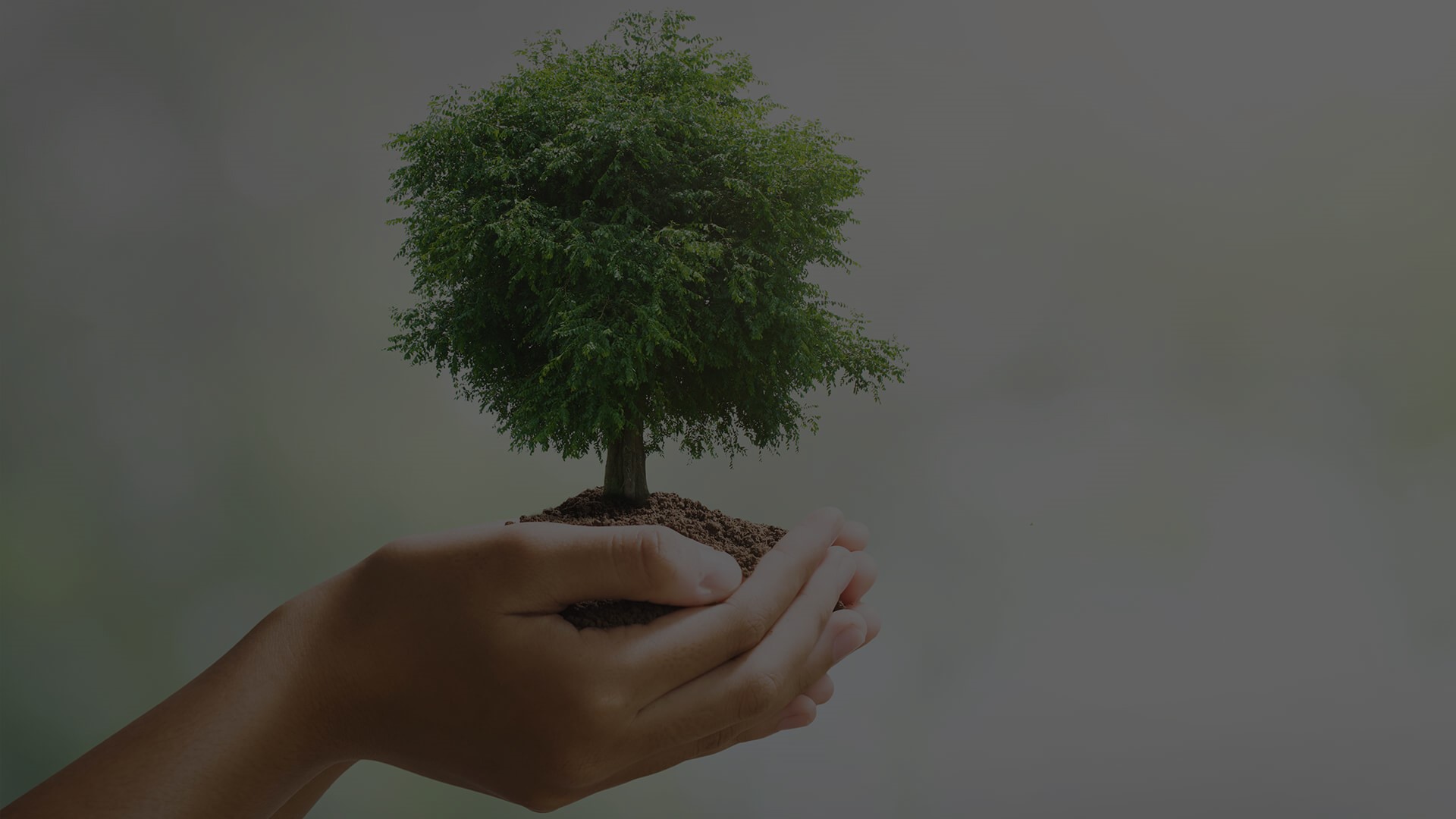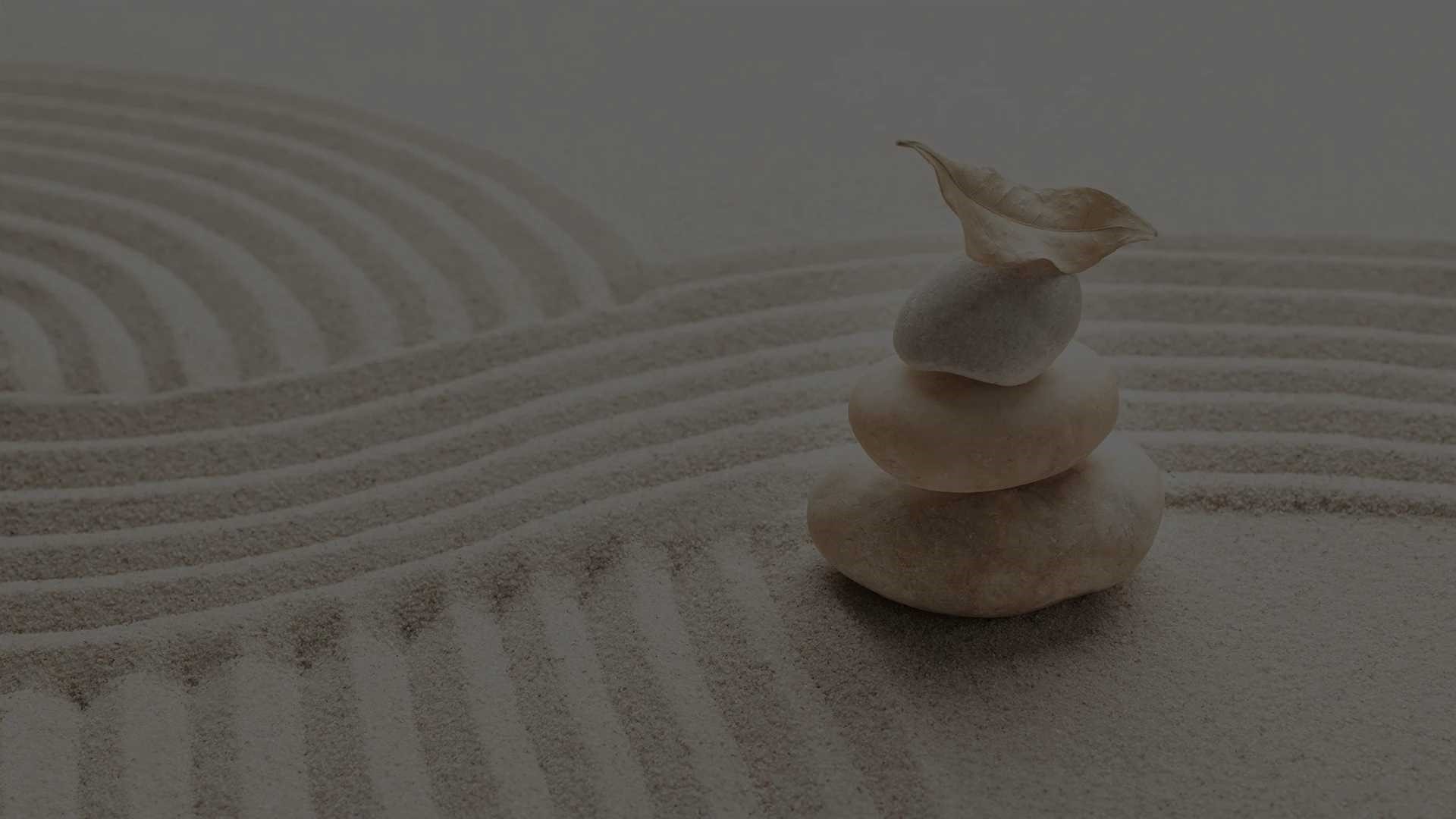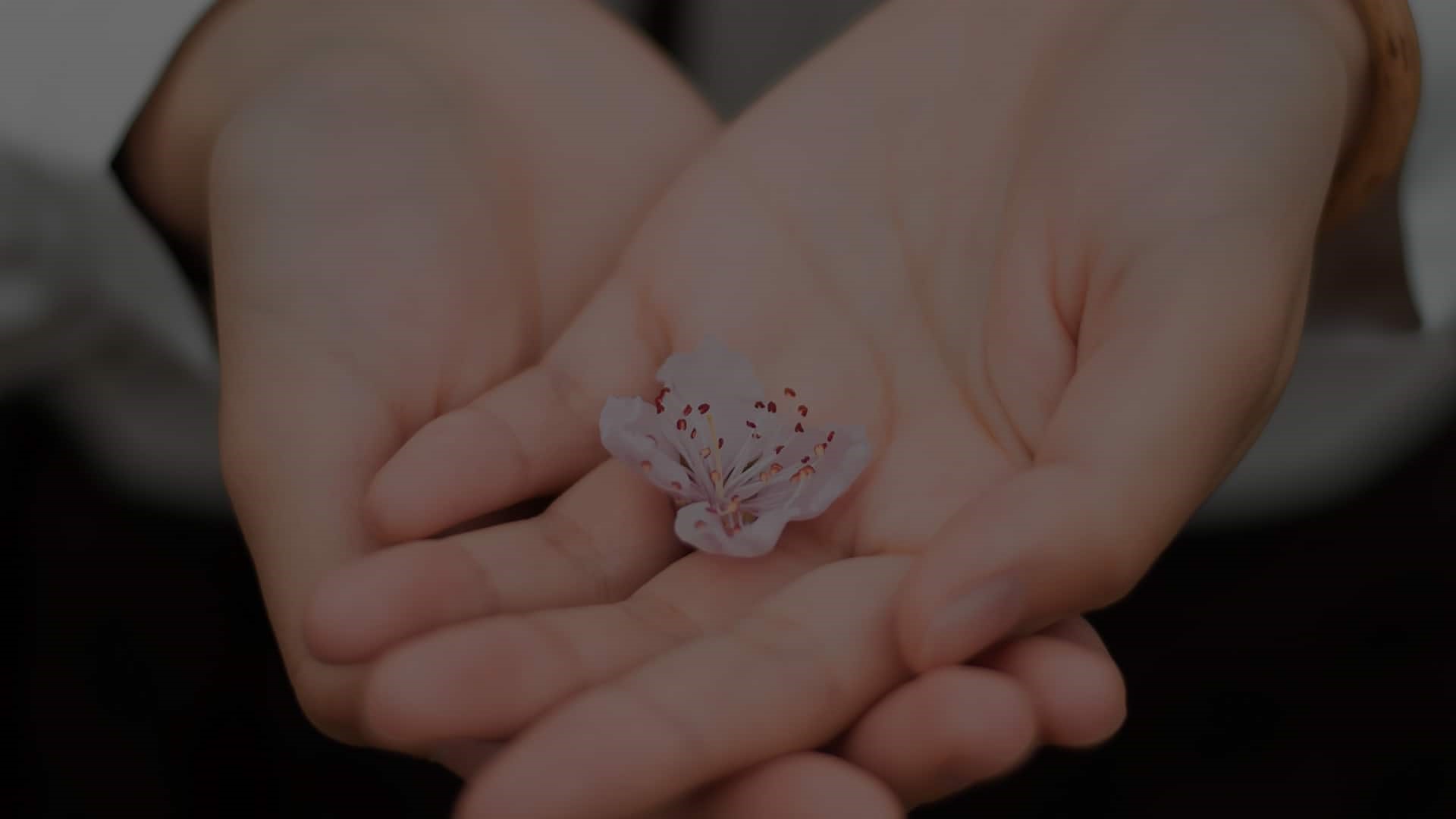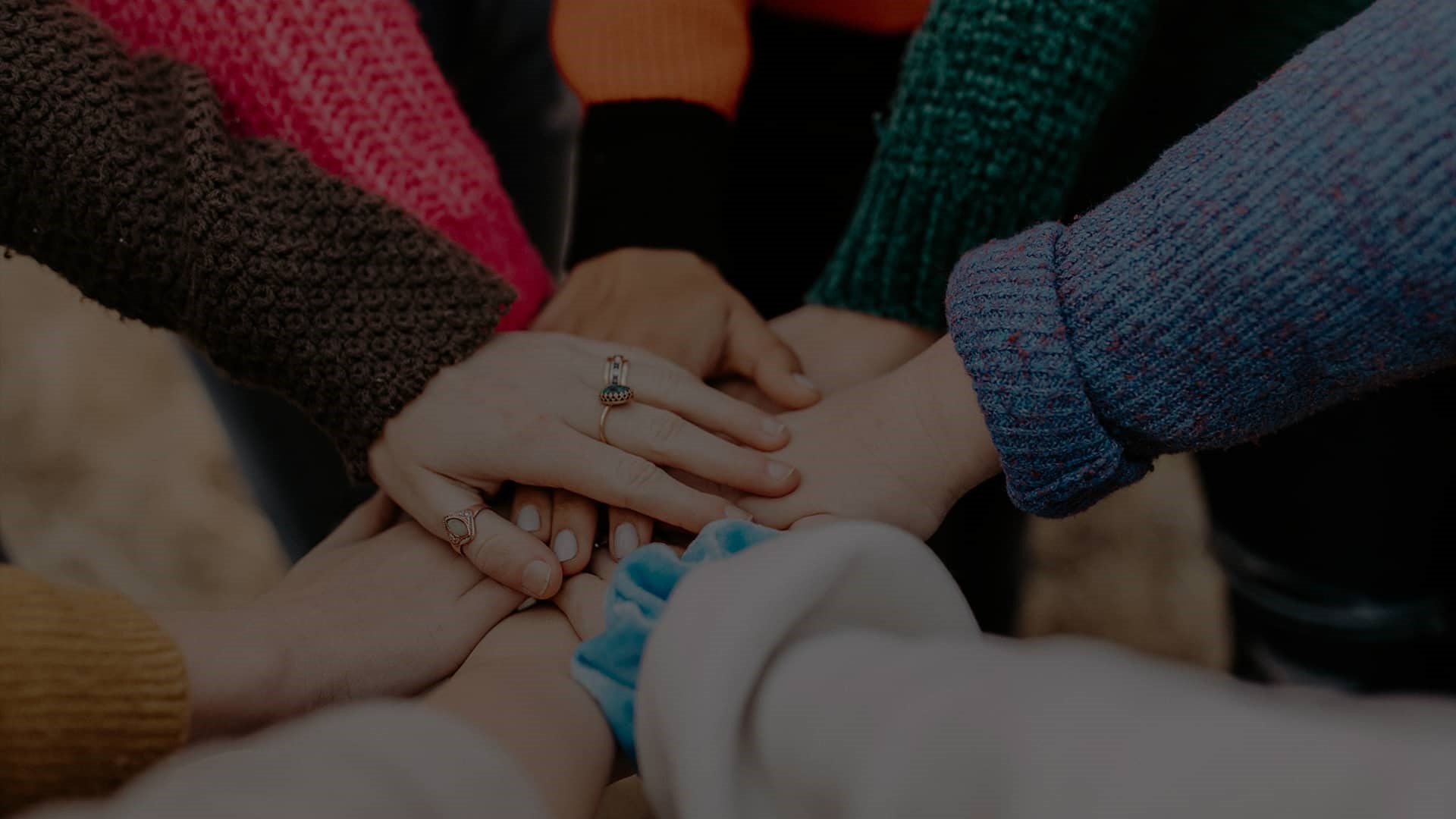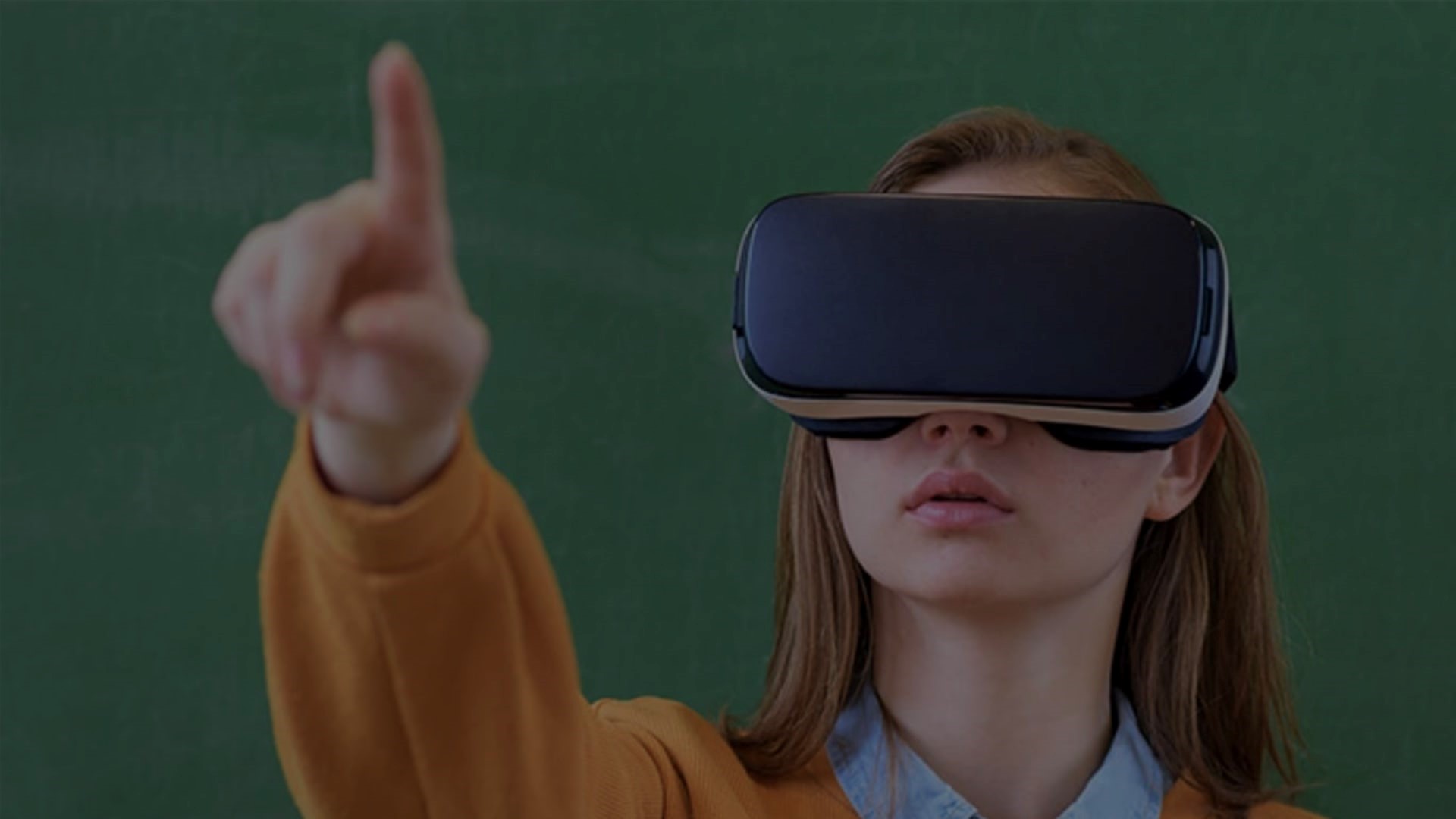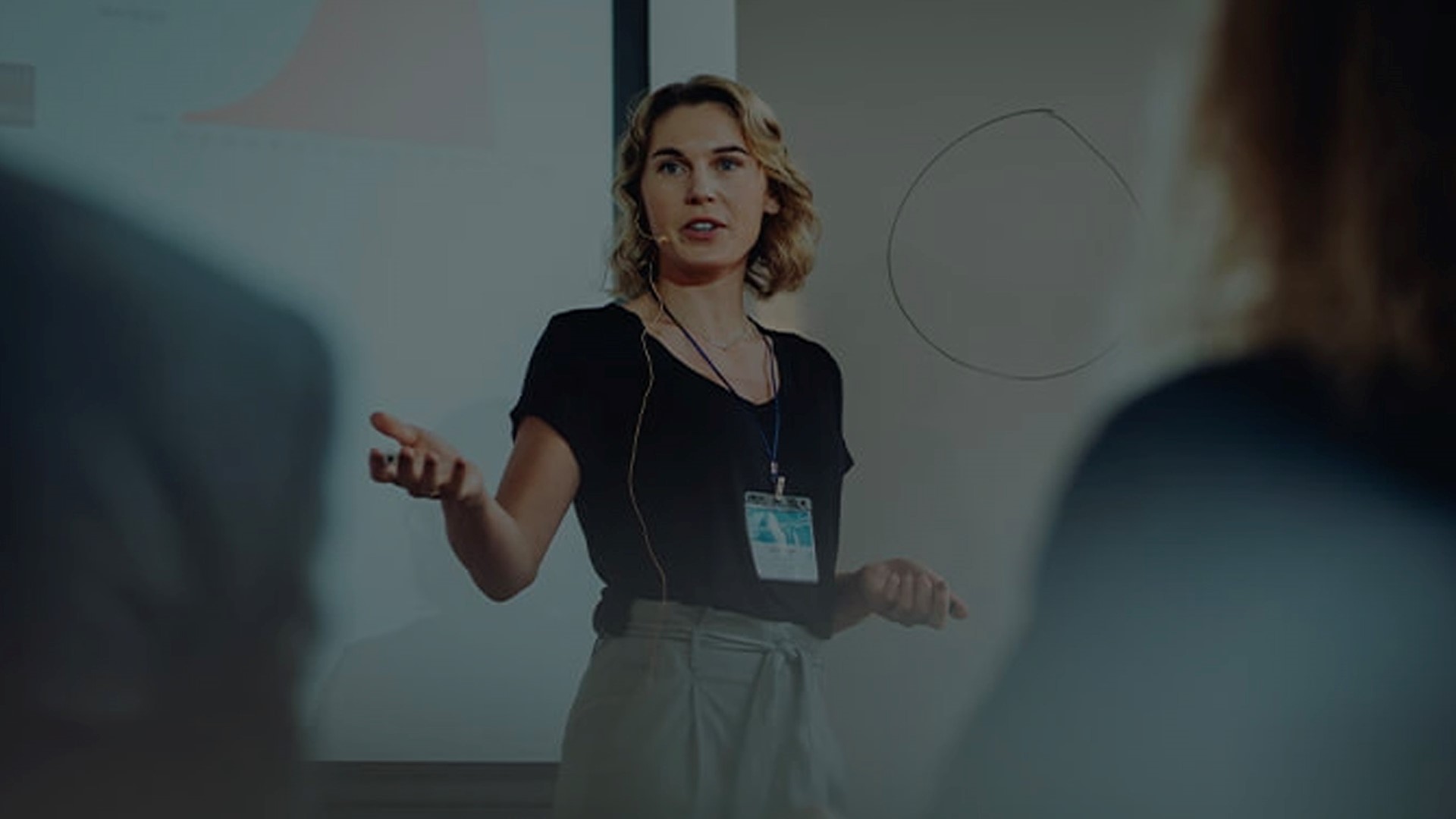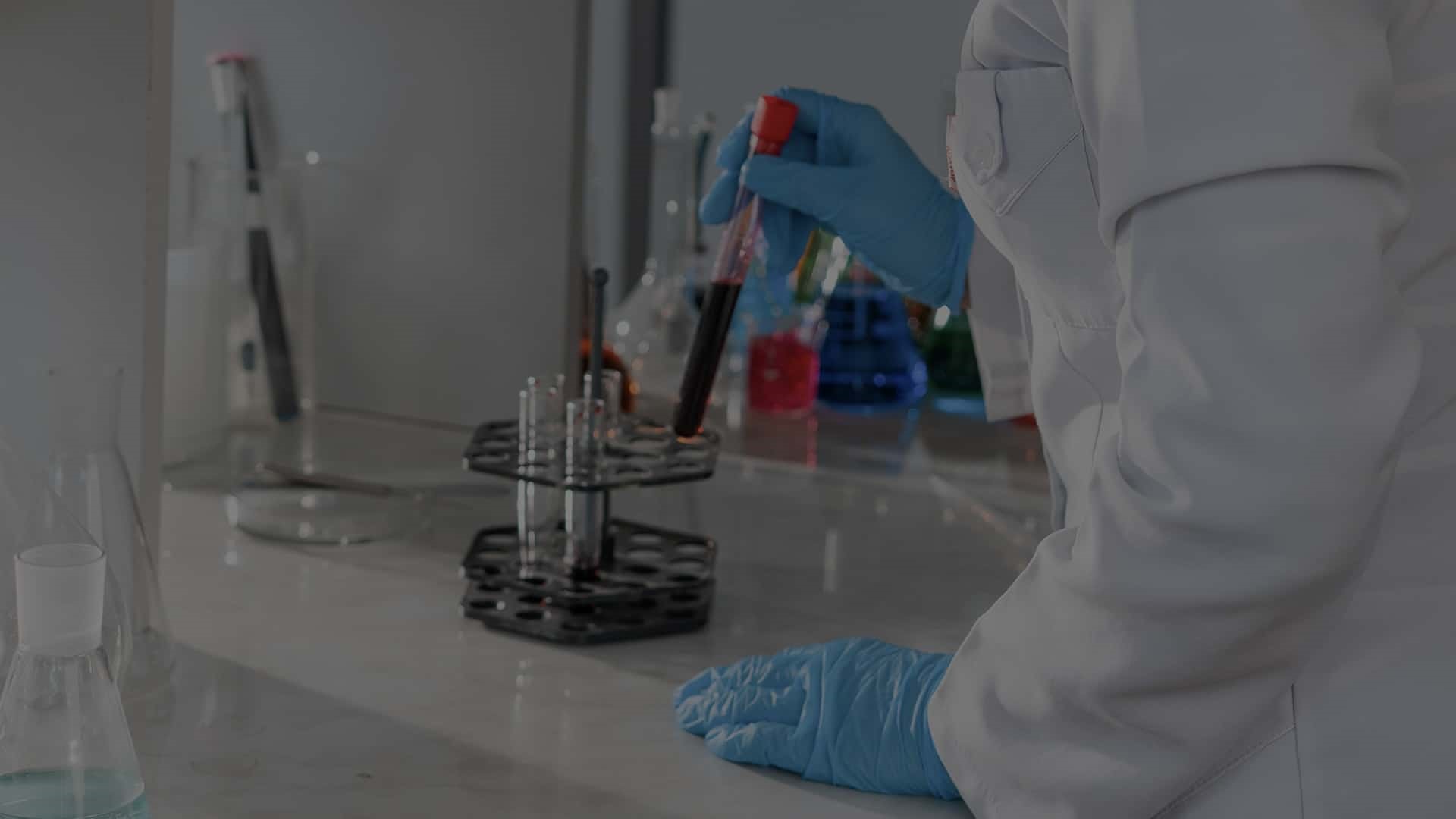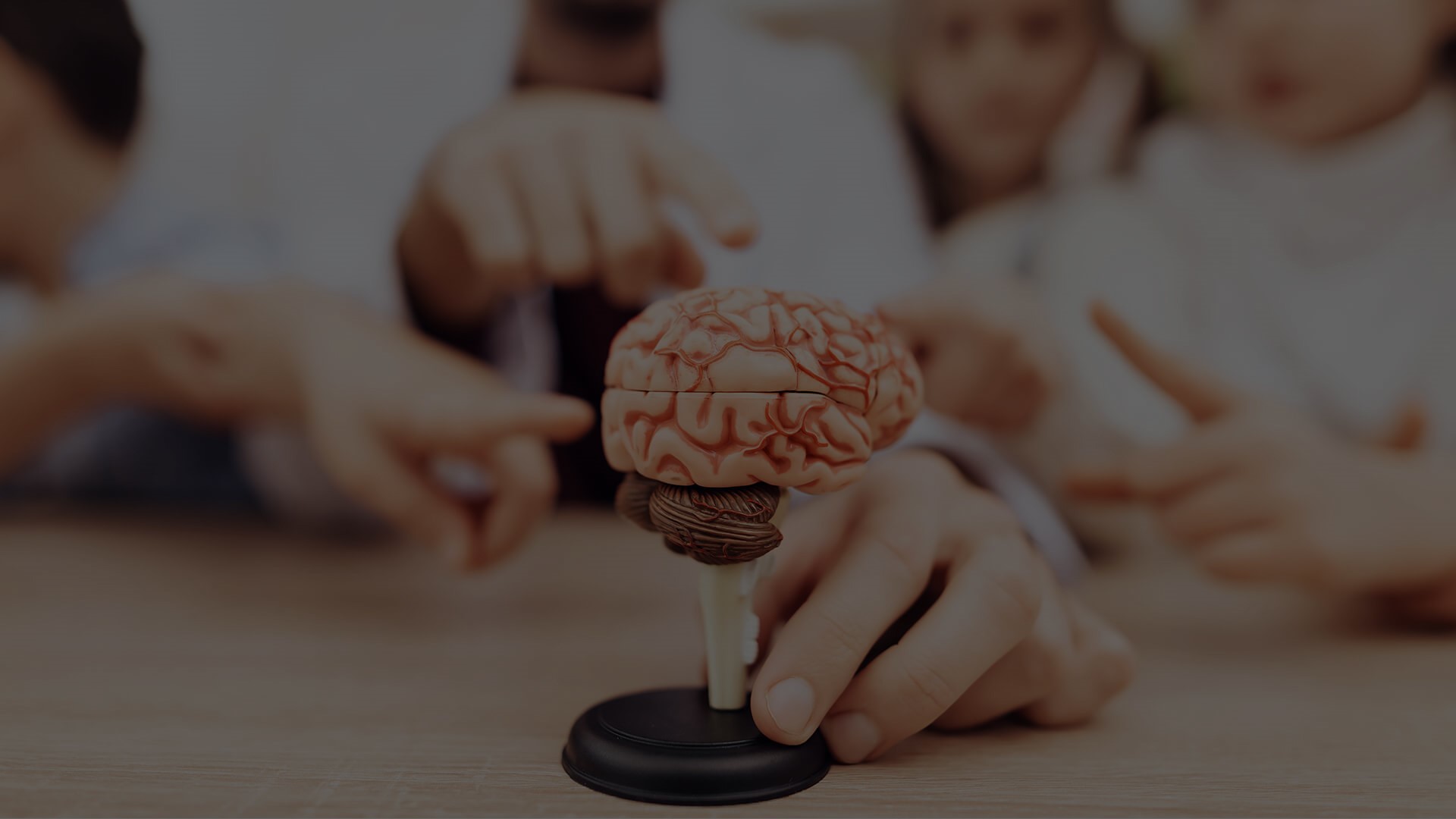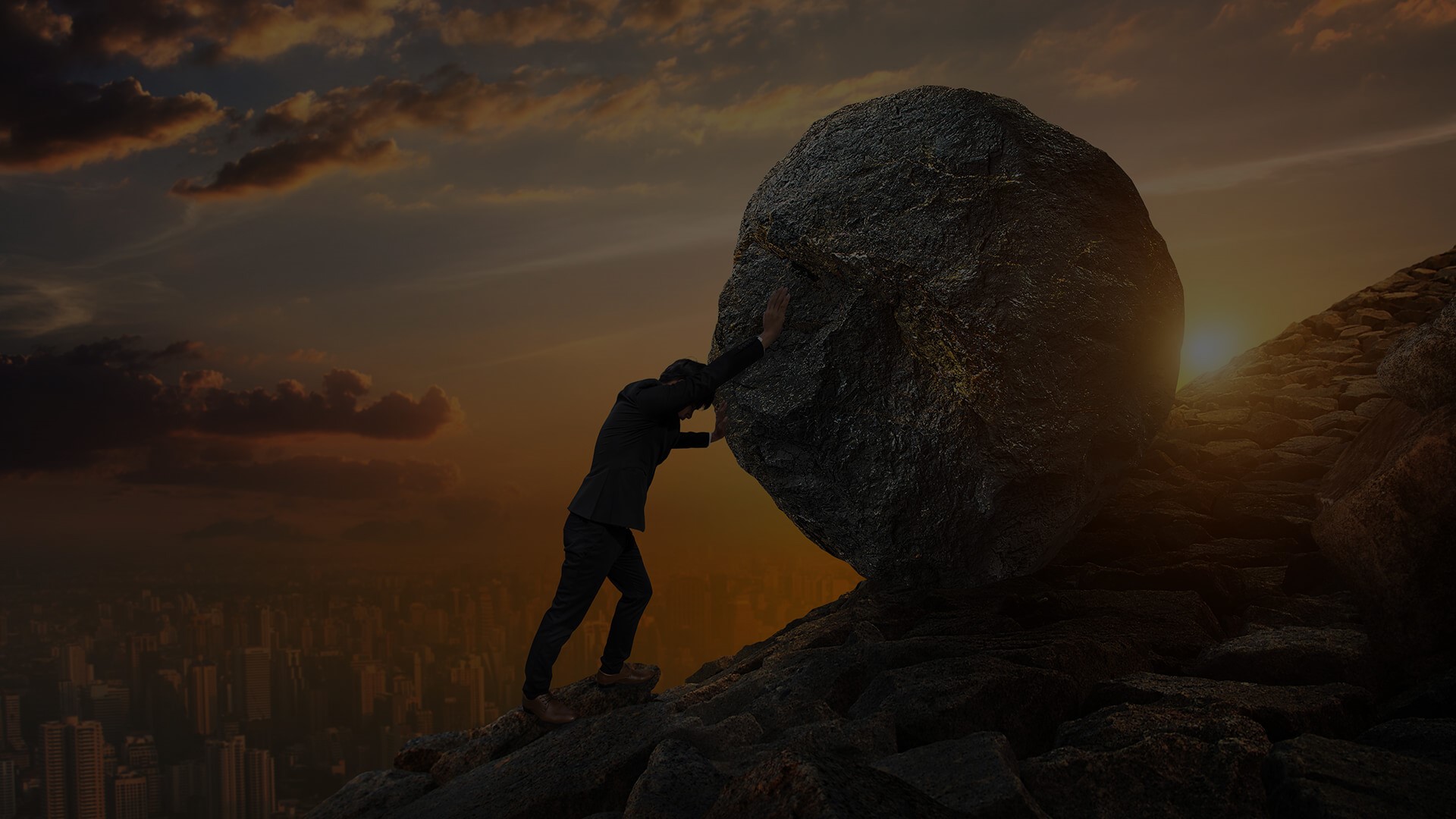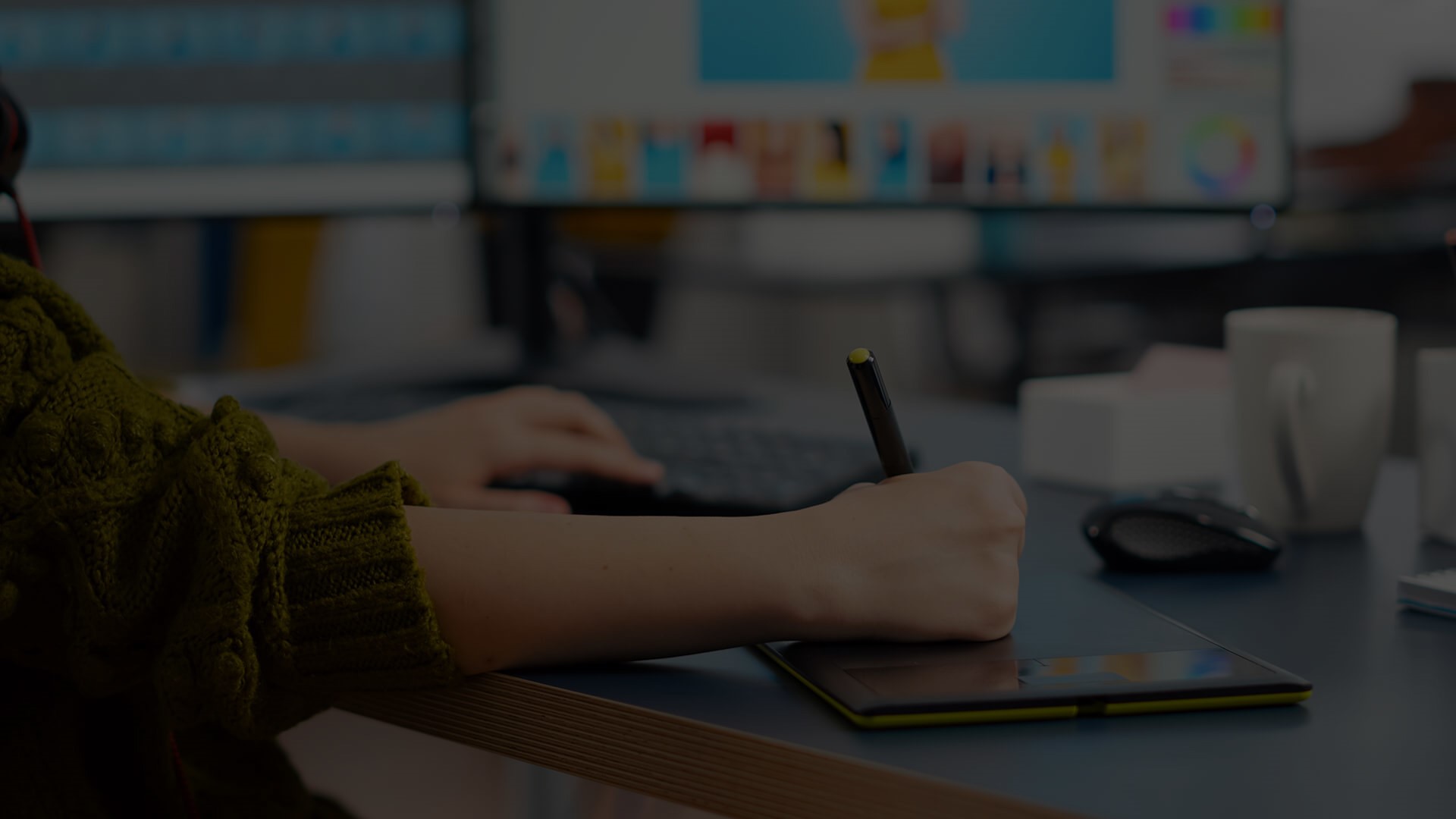Dr Shelley James is an international expert on light and well-being, TEDx and keynote speaker, Author and elected member of the WELL Light Advisory and WELL Faculty Member. She is also an electrician and open-water swimmer. Clients include global lighting, construction and technology brands, regulators, healthcare and education trusts, architects and designers. A recent social media campaign to raise awareness of the impact of light on teens reached over 2.5 million young people around the world. Her TEDx talk was in the top three in the world in the month following its release.
KEYNOTE DESCRIPTIONS
How the humble lightbulb can help your teams to rise and shine: Lessons from the space station to boost productivity, creativity and collaboration
You've probably heard all about the critical importance of sleep for physical and mental health. Perhaps you’re one of the millions of people (up to 70% by some estimates) who wake up every day feeling groggy and tired and reach for a melatonin supplement in the evening - and survive on coffee and sugar all day?
Chronically disrupted sleep increases your risk of taking time off sick by over 170 % and absenteeism and presenteeism from tired teams costs the average employer an average of £3,600 per year.
But did you know that the single most important factor in getting a good night’s sleep is how much light your teams get during the day?
In this fast-moving session, we’ll explore new evidence inspired by NASA’s multi-billion dollar research programme about the critical link between your genes, regular exposure to patterns of bright light and darkness and the quality and quantity of sleep, a link we share with every living thing under the sun. We’ll learn how the pressures of work and international travel are chipping away at this ancient bond with devastating consequences for our ability to cope with stress and fend off a range of conditions from cancer to Covid-19.
We’ll discover how these space-age discoveries are driving the next generation of lighting technologies that give you the tools you need to reconnect with your optimal sleep-wake cycle so that you and your teams can finally wake up feeling refreshed, productive and happy.
Delegates will discover how to identify their unique preferences and profiles profiles and leverage them to optimize their daily schedules for enhanced focus, collaboration, and creativity.
They’ll explore proven light-based strategies to harness their body clock to perform effectively in global teams, so they can adapt and thrive in a high-pressure global business environment.
They’ll learn how their body clocks shift at different ages and stages of life, from childhood and adolescence to pregnancy, menopause and old age, so they feel empowered to navigate these transitions with resilience and vitality.
Finally, we'll discuss how to implement affordable, sustainable changes in the workplace and at home to support a healthy body clock, promoting optimal physical and mental health for ourselves and our teams.
This keynote is designed to inspire and empower our delegates to connect with their unique relationship with light and take simple steps to enhance performance and create a workplace culture where everyone can thrive.
[1] https://www.nuffieldhealth.com/healthiernation
2 https://www.shponline.co.uk/transport-safety/sleep-and-fatigue-in-uk-working-populations/
3 https://www.thirdpillarofhealth.com/articles/posts/view/sleep-and-fatigue-in-uk-working-populations
Hiding in plain sight: The new ergonomics of lighting for the inclusive workplace
Walk into any office and you’ll see adjustable chairs, sit-stand desks, one or maybe two monitors per workstation, ergonomic keyboards and a blue-tooth mouse. You might even see a coffee zone with a range of hot drinks and snacks, perhaps fresh fruit and still or sparkling water.
That’s all great.
But wait, aren’t we missing something?
Over half of all neck and back pain is directly linked to poor, dim or uneven lighting along with glare from uncontrolled daylight. Musculoskeletal pain is the second-highest cause of days of sick in the UK, after stress, depression or anxiety. Gritty, dry, tired eyes and blurry vision from screen us affects up to 70% of us and is directly linked to lighting conditions. Neurodiverse employees are especially affected by poor lighting as they tend to experience sensory inputs in extreme and dynamic ways. .
Just being able to access the light switch comes top of employees list of qualities they look for when it comes to feeling that their workplace delivers a productive and supportive environment.
In this keynote, we'll look at how simple improvements to lighting at home and in the office can not only improve individual well-being and performance but also reflect a wider commitment to sustainability, employee well-being and inclusivity.
Delegates will learn how simple changes in brightness, colour temperature and layering light can boost focus, creativity, and collaboration to foster an environment that celebrates diversity and encourages collaboration across all levels of the organization.
They’ll learn practical steps to position their desk, screen, task lighting and different kinds of window shading to minimize glare, reduce headaches, and alleviate eye strain, creating a comfortable and inclusive environment where everyone can thrive
Look at the impact of lighting on video calls so they can project a calm and professional image online and feel supported and valued, whatever their location or circumstances.
We’ll wrap up with a simple calculation of the return on investment and carbon dividend when we take a moment to take care of the lights - reduced absenteeism, healthier, more productive workplace for all.
Light and Long-Covid : Lighting up the road to recovery
Years after the devastating pandemic, millions of people are still battling with the crippling symptoms of ‘long Covid’ that include chronic fatigue, blurry and painful vision and extreme photosensitivity. These employees long to return to work to contribute and feel productive at whatever level they can, with this engagement in turn boosting morale and fuelling their recovery.
And yet, heightened sensory sensitivity can make the workplace an almost unbearably overwhelming environment, adding to the difficulties of managing their return.
Recent research has shed light on the central role of light in modulating mood, sleep, pain perception, and immune response—factors crucial for recovery from post-viral syndrome and Long Covid.
In this inspiring keynote, I will share my own journey from locked-down existence in a darkened room unable to dress or cope with simple tasks to the TEDx stage and a global campaign to recognise the power of light to support health and happiness - and year-round swimming in the sea.
I will share the critical role of light in my own recovery and share practical tips to effectively support employee recovery in the context of an integrated approach to a return to full participation as part of a resilient, happy and productive team.
Lighting for people and planet: Switch on to deliver ESG results
Around 20% of your energy bill will be spent on lighting. Of course, your teams need light and you may have heard that we need even more light during the day to keep us awake and help us sleep at night.
Did you know that intelligent approaches to lighting can not only boost productivity and well-being but also significantly reduce carbon footprint through reduced life-cycle costs and energy consumption?
In this session packed with practical examples, we’ll explore how innovative lighting strategies, such as daylighting, intelligent sensing, and user engagement, can create a workplace culture that respects and connects with nature while fostering a comfortable and energizing environment.
Delegates will learn how leveraging natural daylight and implementing daylight harvesting strategies can reduce the need for artificial lighting, leading to lower energy costs and a more sustainable workplace.
Discover how intelligent sensing and control systems can optimize lighting levels based on occupancy and daylight availability, ensuring that energy is used efficiently while maintaining optimal comfort for occupants.
Engage building users in the process by empowering them to control their lighting environment, fostering a sense of ownership and connection with their workspace, and promoting well-being and productivity.
These intelligent lighting strategies will empower delegates to create a more sustainable workplace, also enhance productivity, well-being, and connection with nature.










